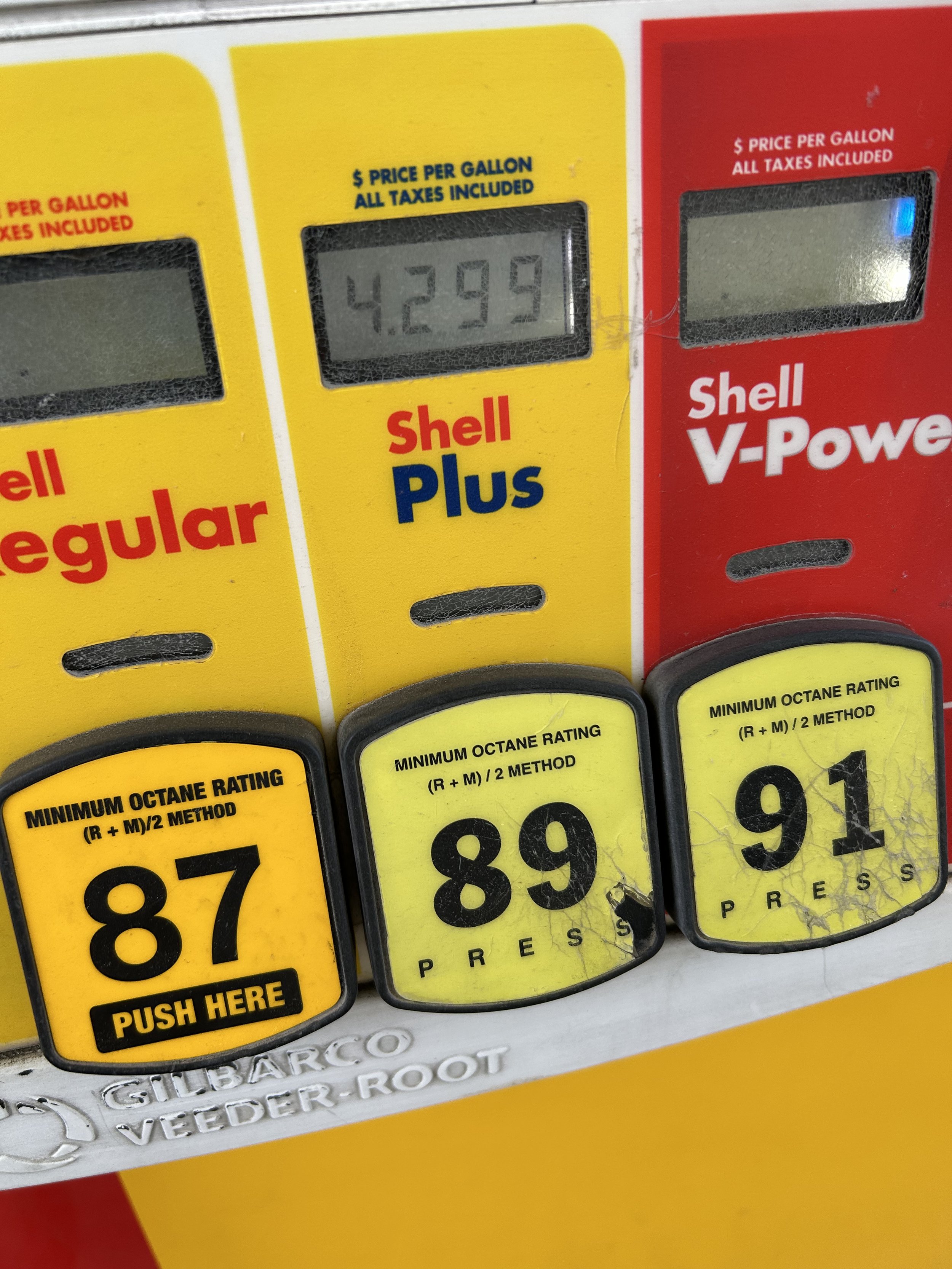Replicas Command Respect But You Have to be Careful
This is a real mid-’60s Corvette convertible. Mainhouse Creative shot a series on it years ago, and it drives like new. But some replicas are so detailed that it is difficult to tell the difference.
I am not a big fan of fakes or replicas of classic cars.
Sure, replicas and other tribute cars of notable vintage have their place in the free market. Some are even better than the original. There are plenty of people that love classic cars so much they don't care if they are real or not, just as long as they drive as expected.
But I want to know that my investment is genuine, true to the period and built with factory components. I'm not a purist, I don't care if the engine matches the chassis code. I just want to know that it is at least "period correct."
Like I said, I don't typically buy replicas. But there are some exceptions that are worth a second look. Take for instance the Porsche 550 Spyder that James Dean drove to his death. You can buy a replica of it from Beck that's pretty close to the original for a fraction of what a real one would cost, and you'll still have a lot of fun. So I get it. Certain replicas have their place in the lineup.
I had this conversation about replicas and other tribute cars with a friend named Fred. He's a really great mechanic that deals with classics and muscle cars from the '60s and '70s daily, and he wasn't happy with what I had to say.
Basically, it was Fred's opinion that tribute cars (replicas, etc) belong in the automotive culture, and deserve to be parked side-by-side the original. I disagreed, but I kept a straight face long enough to allow him to speak.
This all started when the two of us spotted an Oldsmobile 442 at the local Cars & Coffee with a red and white for sale sign dangling in the window. At first, it looked like the real Oldsmobile 442 muscle car, down to its emblems. Even the For Sale sign in the window said "442." Then I started to notice a string of issues, like the wheels and graphics, which were clearly aftermarket. The guy who owned it opened the hood, and to my surprise (actually, I expected it), there was a 350 cubic-inch V8 under it, not the 442 cubic-inch engine that should have been there. Meanwhile, my friend raved about it. Really? I said. "Why would someone badge a 350 as a 442," I questioned. Now to be fair, the guy wasn't trying to pass it off as the real 442. He admitted he built it as a tribute to the 442, except he apparently forgets to find the correct size engine.
So now for some tips about buying an investment-grade classic car.
Do a lot of research on the car you are considering. Learn what the factory specs suggested about the standard features and options on the car.
Do not (never) simply rely on paperwork (unless it comes from a notable source like the DMV), and never buy into fantastic stories about the car's history.
Locate the VIN and Style Tags on the car. If you are unsure of where they are located, again there are plenty of sources online if you punch in a few keywords (i.e. VIN + Style Tags + Make and Year of Car)
Decode the VIN and tag information by searching online for a decoder (i.e. Pontiac Firebird decoder).
Attend car shows and find out what others are saying about their classic cars. Ask as many questions as you can.
If the car you are considering is original or period-correct, then the tags will tell the whole story. Even the engine of most American classic cars has codes, but you'll have to do the research to find where they are located. On most '60s and '70s American classics, the engine codes are typically located on the engine block. These engine codes will often correspond to the VIN number of the car. But not always. With that said, body tags and VIN numbers can also be faked, but it seldom happens. But this is the best way to begin your research. Learn all there is about the tags, and don't be afraid to ask questions.
Decoding this kind of data can tell you the original Trim line of the body, the year it was manufactured, the plant it was manufactured in, the factory body and interior colors, even the type of upholstery used to build it.









